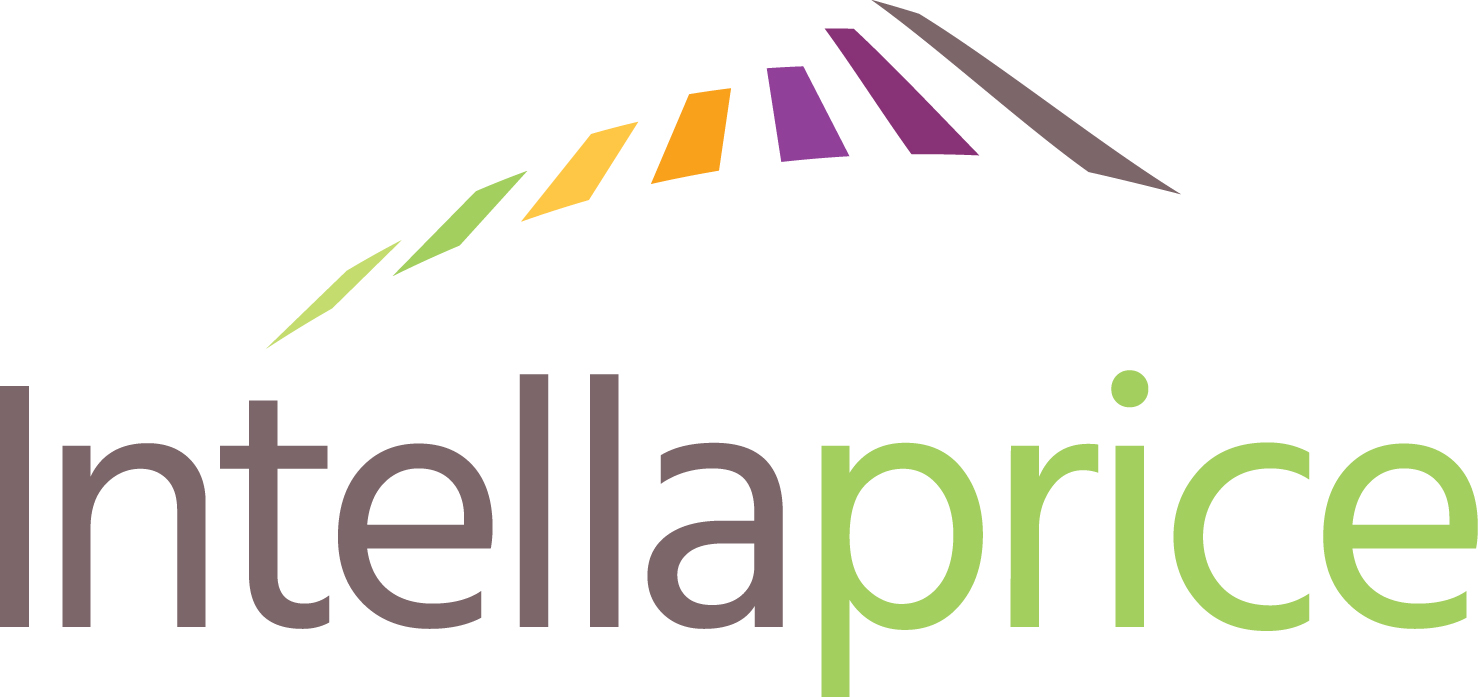If you wish you had more data to support pricing decisions, you’re not alone. Operators often lament the fact that they rely on gut feel when making pricing decisions. If you want to develop a more fact-driven, analytical process, I’m here to help you get started.
Data, our fourth D, are at the heart of any sound pricing program, not surprisingly. If you’re like most operators, your budget won’t include unlimited data, so prioritizing is necessary. Because deciding what type of data to gather is challenging, I recommend these steps:
- Take Data Inventory: This will help clarify what information you need. Leverage every bit of data that exists internally, then move to primary and/or secondary research after you exhaust these sources.
- Designate Research Objectives Clearly: Really think about the questions you need to answer so you can identify the most beneficial research method. There are several pricing research techniques, and each has its pros and cons (a google search on pricing research methods yields over 200 million explanations)
- Conduct a Cost/Benefit Analysis: You can spend resources in a few ways: on consultants, headcount, research, analysis, or a combination of the four. Prioritize spending according to the return each can generate. For a complimentary copy of Intellaprice’s pricing data prioritization matrix, fill out the form below.
One of the most important ways I help clients is by designing the process that creates this fact base, along with the associated research. With careful planning, you can obtain the appropriate level of information for your needs and reduce the risk of wasting resources. If you’d like some help thinking about these critical components, just say the word.
